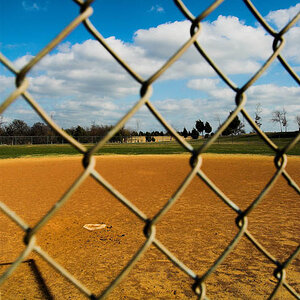nixgeek
TPF Noob!
- Joined
- Aug 19, 2017
- Messages
- 37
- Reaction score
- 7
- Can others edit my Photos
- Photos OK to edit
Hi All,
I'm using a Nikon d810, and my go-to default setting is to use auto-iso in manual mode. I can quickly change the aperture and shutter speed, which are the most common variables I change when having to quickly pick up my camera and get that moment.
Obviously, the camera then sacrifices the ISO to get a decent exposure. For more planned shots, like astro or landscapes, I'll use manual ISO as well, but it's a luxury I don't always have when the kids decide to do something funny there and then. I'm fortunate to use chunky glass f/2.8 stuff (it's good for the biceps at least ) , so it's not often it takes me past iso 3200 which the camera/lightroom can deal with.
) , so it's not often it takes me past iso 3200 which the camera/lightroom can deal with.
Finally, the question....
I've read in a number of places I should be using either full manual, aperture/shutter priority and I'm really keen to hear of others experience of auto-iso and if I've overlooked something important.
Thanks!
I'm using a Nikon d810, and my go-to default setting is to use auto-iso in manual mode. I can quickly change the aperture and shutter speed, which are the most common variables I change when having to quickly pick up my camera and get that moment.
Obviously, the camera then sacrifices the ISO to get a decent exposure. For more planned shots, like astro or landscapes, I'll use manual ISO as well, but it's a luxury I don't always have when the kids decide to do something funny there and then. I'm fortunate to use chunky glass f/2.8 stuff (it's good for the biceps at least
Finally, the question....
I've read in a number of places I should be using either full manual, aperture/shutter priority and I'm really keen to hear of others experience of auto-iso and if I've overlooked something important.
Thanks!
Last edited:


![[No title]](/data/xfmg/thumbnail/34/34697-f005f86bec84436c239ae8f8834b29f2.jpg?1619736606)
![[No title]](/data/xfmg/thumbnail/32/32838-c28b0c47ca2cb319a1f97cc29ed60d61.jpg?1619735681)
![[No title]](/data/xfmg/thumbnail/34/34130-336ba02cc837fdcc84b79f822e841df2.jpg?1619736301)
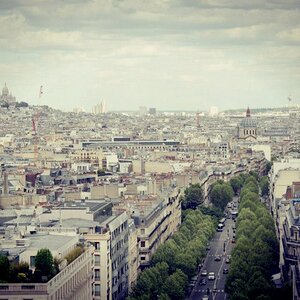
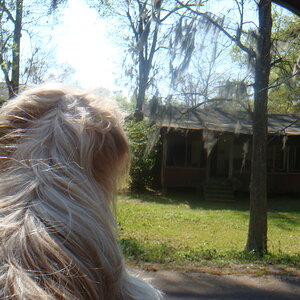
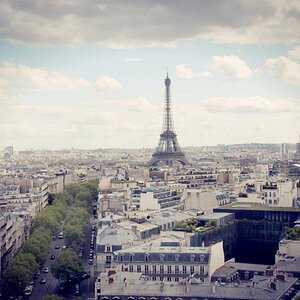
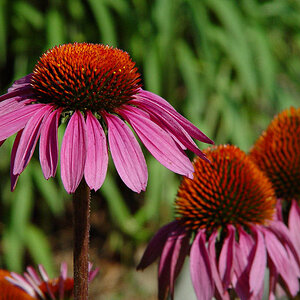
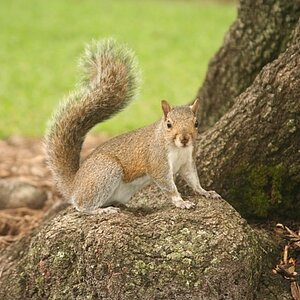
![[No title]](/data/xfmg/thumbnail/39/39191-629bf2c0bb5afb4619be296cd91b9517.jpg?1619738907)
![[No title]](/data/xfmg/thumbnail/41/41763-0bab4b330c52691d3fe616ed090ace09.jpg?1619739885)

